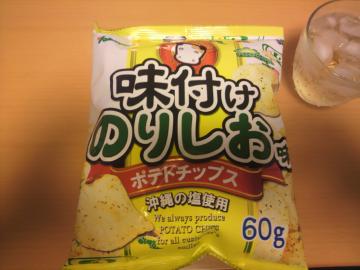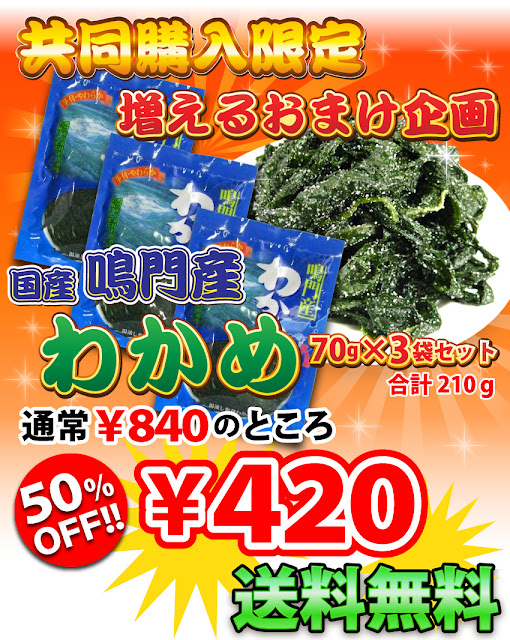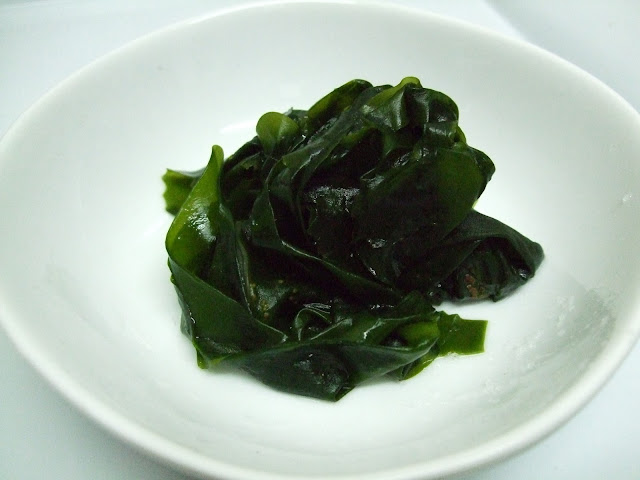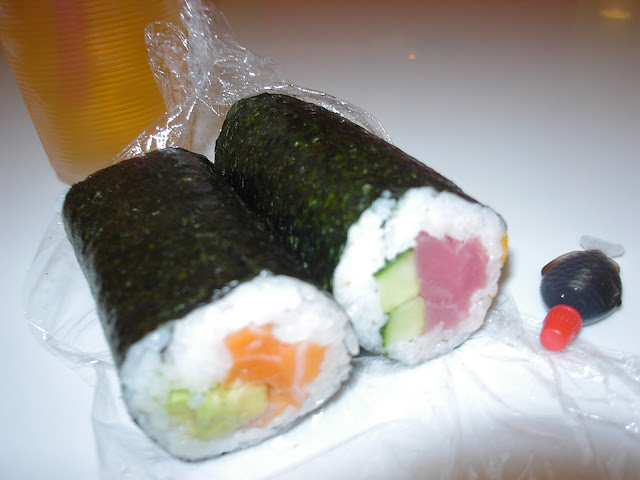In Japan school lunches are provided and compulsory for students, so each child will have had a healthy lunch every day. This practice is instilled from the earliest Primary School years.
Every day the menu changes, so over a long period of time students get a balanced diet. It also curbs the annoying desire of children to express the “I don’t like this” and “I don’t like that” and “I don’t eat that”. Mind you, not as annoying as parents who decide for their children that they don’t like something! Unless there is a sound medical reason, they all eat it. Annoying too when you think about the fact that one billion people in the world experience hunger at some stage during the day… OK… Let’s move on:
These photos will give you an idea of what Japanese school lunches look like:
High in iron, protein, omega; rice, soup, milk, seaweed,
salmon, fruit, spinach, pickles. Notice: no sugar!
げつようび の きゅうしょく
getsuyōbi no kyūshoku
Monday’s school lunch
給食 きゅうしょく kyūshoku
Cheese, rice, kimchee (originally Korean), quail eggs, soup, milk. Notice: no sugar!
かようび の きゅうしょく
kayōbi no kyūshoku
Tuesday’s school lunch
給食 きゅうしょく kyūshoku
すいようび の きゅうしょく
suiyōbi no kyūshoku
Wednesday’s school lunch
給食 きゅうしょく kyūshoku
Have you noticed that every day the students have soup of some sort? That’s because research has shown that soup is easier to break down in the stomach and it does so more slowly. Students won’t feel so hungry so soon. Again: no added sugar! How great is that for children!
もくようび の きゅうしょく
mokuyōbi no kyūshoku
Thursday’s school lunch
給食 きゅうしょく kyūshoku
きんようび の きゅうしょく
kinyōbi no kyūshoku
Friday’s school lunch
給食 きゅうしょく kyūshoku
We’ll just start on another week’s lunch:
げつようび の きゅうしょく
getsuyōbi no kyūshoku
Monday’s school lunch
給食 きゅうしょく kyūshoku
Tuesday’s school lunch
給食 きゅうしょく kyūshoku
すいようび の きゅうしょく
給食 きゅうしょく kyūshoku
Do we see some repetition here?
もくようび の きゅうしょく
給食 きゅうしょく kyūshoku
That’s a boiled egg on the left there – all prepacked.
きんようび の きゅうしょく
kinyōbi no kyūshoku
Friday’s school lunch
給食 きゅうしょく kyūshoku
So there you have it: two weeks of school lunches in a Japanese primary school. All lunches have some rice prepared in a slightly different way. They all have a soup of some sort to help with the digestion. They all have an extra carton of milk. They all have some meat or fish to supplement. They all have some vegetables and pickles and it all fits on an easy tray to make distribution in class easy.
いただきます!
itadakimasu!
Enjoy your meal!
給食 きゅうしょく kyūshoku
The photos were provided by S. Lowry, Japan. We are most grateful for his efforts.











































